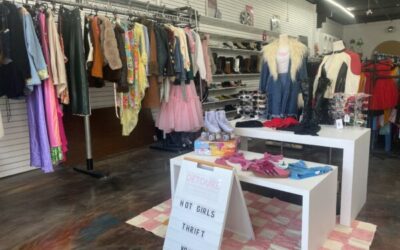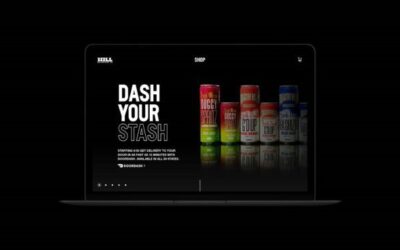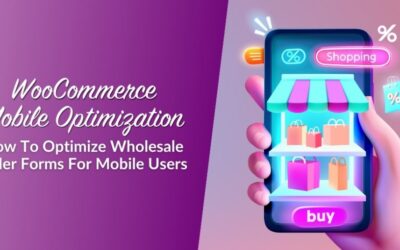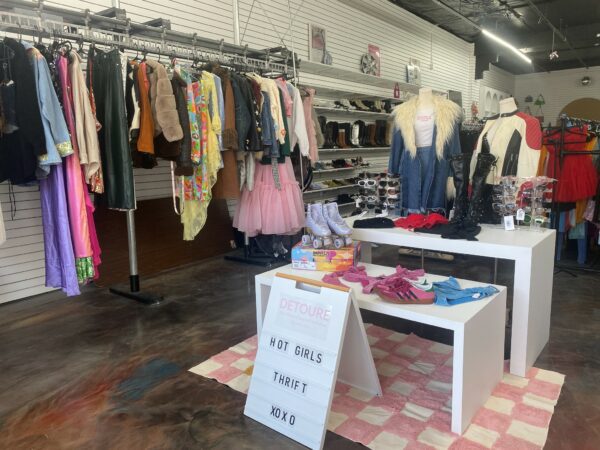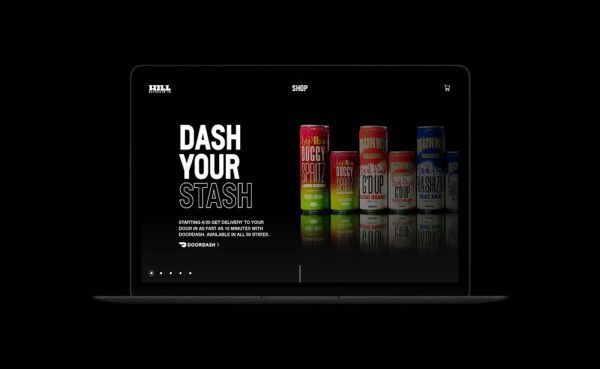Closed-Loop Measurement is what Makes Commerce Media Stand Out


In the age of commerce media, closed-loop measurement (CLM) has emerged as a powerful tool for marketers and retailers looking to engage with consumers across the open web. By providing valuable insights into the effectiveness of marketing campaigns and customer engagement strategies, CLM enables brands to optimize their online presence, drive sales and continually grow market share.
CLM is a key marketing approach that helps brands and retailers track the impact of their advertising efforts and adjust them in real time to optimize performance by linking shoppers’ online identities to loyalty card data. The ability to tie marketing tactics directly to sales outcomes with CLM can be executed by comparing sales from a group exposed to a marketing campaign against a control group. This determines the sales lift generated by the specific marketing activities that drove the results and will ultimately lead to improved marketing effectiveness.
This key measurement method has been widely adopted by businesses of all sizes and industries as it provides a comprehensive view of the customer journey and helps to identify opportunities for growth.
The Benefits
One of the main benefits of CLM is that it creates more accurate and actionable data, enabling brands and retailers to track the entire customer journey from the moment a consumer first becomes aware of a product or service through to the purchase and beyond.
Traditionally, marketers have relied on broad metrics such as click-through rates and impressions to measure the effectiveness of their online advertising campaigns. However, these metrics do not provide a complete picture of how consumers are interacting with a brand. CLM, on the other hand, allows marketers to track customer behavior across multiple touch points, including website visits, email sign-ups and online purchases.
Identifying which channels and campaigns are most effective at driving conversions is the gold standard for marketers. For example, if a business notices that a particular ad or campaign is not performing as well as expected — because it’s not hitting the right audience demographic and/or the channel being used just isn’t living up to the KPIs that are needed to prove a sustainable ROI — brands can shift to CLM to quickly identify the issue at hand and make adjustments to improve its effectiveness before the entire ad spend is wasted.
Another key benefit of CLM is that it enables brands and retailers to better engage with consumers across a wide range of channels. This is particularly important as consumers are increasingly spending more time online and engaging with brands and retailers across various preferred platforms.
For example, a retailer might use CLM to track the performance of a display ad campaign on a third-party website. By collecting data on customer clicks, views and conversions, the retailer can identify which ads are most effective at driving sales and adjust their strategy to focus on what works. This approach allows the retailer to engage with customers across the open web, rather than relying solely on their own website or mobile app, more suited for loyal customers above all else.
By tracking customer behavior, preferences and engagement across various channels and touch points, businesses can gain a better understanding of what their customers want and need and can then tailor their marketing efforts accordingly. This can include personalized product recommendations, targeted promotions and more relevant and engaging content. It can also be used to identify which customers are most likely to churn and take steps to prevent it.
The Challenges
While CLM offers many benefits, there are also some challenges to be aware of for brands and marketers alike.
First, let’s address the elephant in the room that no one wants to talk about — the lack of supply for online advertising through onsite display and sponsored search has created the need for advertising to move (safely) offline to extend reach. This is easier said than done, however, and it requires expertise to ensure brand safety concerns are met.
One of the main hurdles involves data integration. As CLM ingests data from various sources, it can be challenging to integrate this data into a single platform and ensure the benefits of its accuracy and reliability. This may require significant investment in technology and resources as well as a strong focus on data governance and privacy.
Speaking of data, it is worth noting the challenge of offline-to-online identity loss. Linking loyalty card purchase behavior data to an online identity dramatically reduces the deterministic audience size and forces commerce media solutions to use modeled data to create statistically meaningful programs of size. Identifying 95% of your shoppers through loyalty data, but then finding only a fraction of them via online identity solution providers, leaves a lot of opportunity on the table.
Another challenge is the need for ongoing optimization. While it’s easy to fall back into a routine, CLM is an iterative process, and businesses need to be prepared to constantly adjust and refine their marketing efforts based on the insights they gain. This requires a culture of continuous improvement and a willingness to experiment and take risks based on real-time changes that may continue to shift.
CLM is a powerful marketing approach that enables businesses to track the impact of their advertising efforts across multiple channels and touch points, but it isn’t a plug-and-play solution. By collecting and analyzing data from various sources, businesses can gain valuable insights into customer behavior and preferences and equip themselves with the right information to create more effective and personalized marketing campaigns. While there are some challenges associated with CLM, the benefits offered make it an essential tool for any business looking to engage with consumers across the open web to ultimately drive growth and profitability.
Currently serving as the VP of Retail and Partnerships for Quotient, Henri Lellouche is an accomplished business leader with over 20 years of experience and success in CPG, retail advertising and incentive programming. Lellouche has led in-store marketing and product development, implemented digital marketing technology and managed businesses in the digital, mobile and database marketing space relating to brand and shopper marketing solutions. He has overseen digital, in-store and home-delivered media focused on M&A, new products and international expansion.


